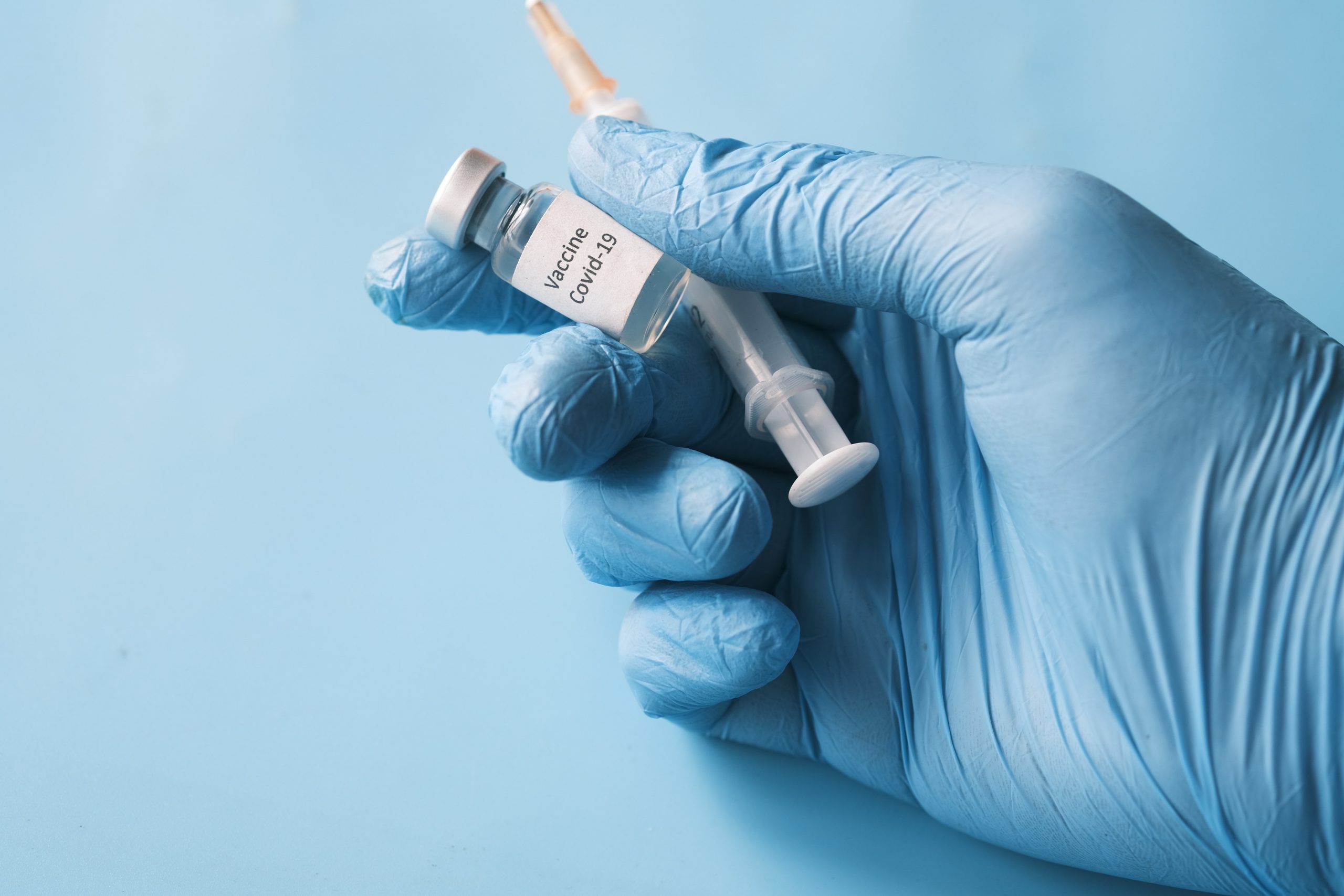This investigation by a cross-border team of freelance journalists sought to follow the journey of millions of COVID-19 vaccines produced during the pandemic, shedding light on pharmaceutical trade of historical importance.
In 2021, the EU ordered two billion doses of vaccines from six manufacturers, with 916 million doses delivered and 702 million administered. For each contract signed, EU member states were supposed to get a certain quota according to population.
Yet the investigation found that rich member states tended to favour RNA vaccines while poorer states opted for the less-expensive adenoviral vaccines. Meanwhile, lower-income member states ended up reselling a disproportionate number of their doses to other countries.
After purchasing most of the world’s production at the start of the pandemic, wealthy countries found themselves with more than they needed. In the autumn of 2021, the pressure was on for countries with surpluses to send doses to nations with shortages.
Yet EU member states had failed to anticipate the legal and logistical obstacles associated with donating or reselling vaccines. For example, in the EU, countries wishing to give away vaccines required the permission of some manufacturers.
At the end of 2021 and beginning of 2022, EU member states finally rushed to redistribute surplus jabs. But these sudden donations often included vaccines with brief expiry windows, the investigation found. In fact, more than two-thirds of donations consisted of vaccines with less than three months of remaining shelf life.
As a result, many donated doses expired and went to waste. The team investigated the case of Nigeria, where more than a million donated doses were dumped.
Millions of Covid-19 vaccines doses are wasted in poor countries’ dumps. From the short shelf-lives to the need of donor countries to be authorized by #BigPharma,we digged into the reasons.With #FollowTheDoses team @LiseBarneoud @pretpat @LucienHordijk @hristio & #IJ4EU support https://t.co/NqNrHGBg0m
— Ludovica Jona (@ludojona) March 29, 2022
This was the team’s second investigation supported by IJ4EU. In 2020, the freelancers came together to collaborate on Behind the Pledge, which put the spending of EU COVID funds under the microscope. During the 2021/22 edition of IJ4EU, the team took the story further with Follow the Doses.
The journalists revealed for the first time the uneven distribution of types of COVID vaccines within the EU, driven mainly by economic factors. They also exposed the extent to which drug manufacturers were in a position of strength at the time contracts were signed.
Moreover, they showed that vaccine donations didn’t always stem from genuine generosity, with countries keen to offload jabs that were about to expire. And sometimes the shelf life on paper wasn’t even the actual shelf life, they found.
The team’s first publication on the uneven distribution of vaccines within the EU was included in a “top 10” ranking of data journalism by the Global Investigative Journalism Network.
Meanwhile, its story on wasted donated vaccines was picked up by more than 25 other media outlets in France, Italy, Spain, Britain and beyond.
See the stories below. More coming soon.
